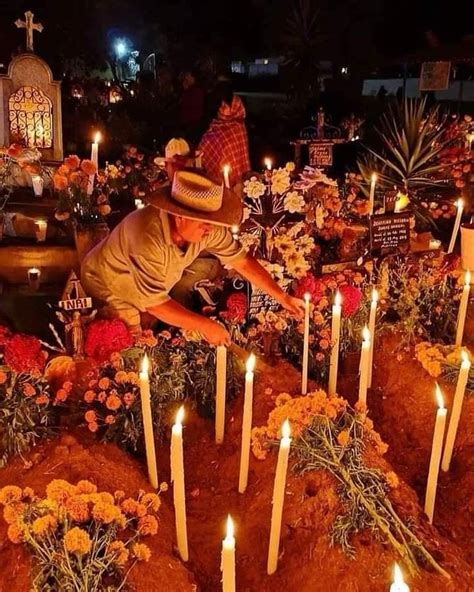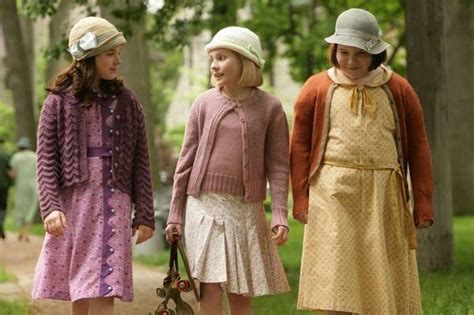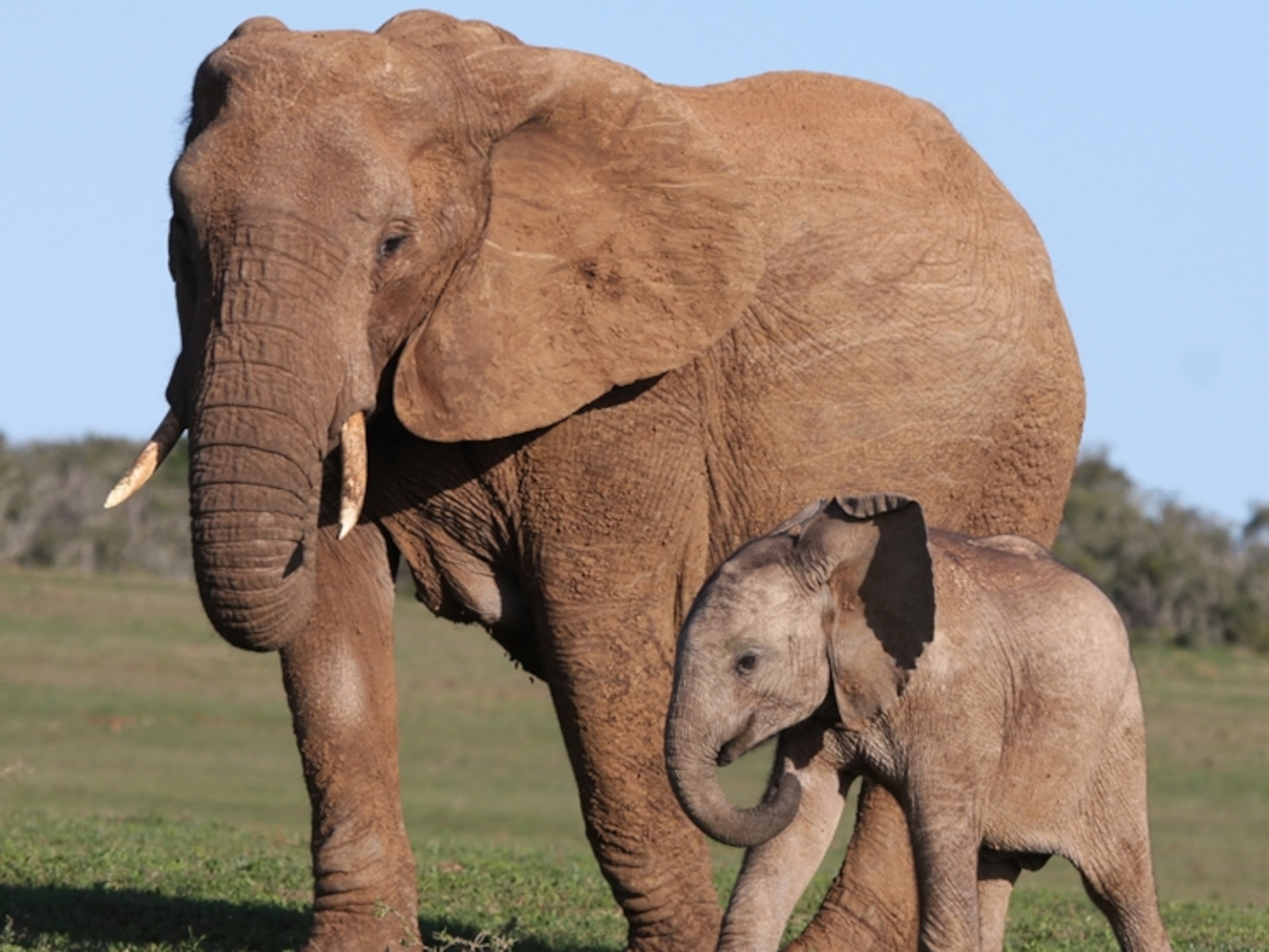The vibrant culture of Mexico comes alive with the beloved celebration of Dia De Muertos, or Day of the Dead. This Venerated tradition honors the lives of loved ones who have passed on, acknowledging the cyclical nature of life and death. As the sun sets on November 1st, families and communities begin to prepare for this joyous occasion, transforming their homes, streets, and cemeteries into a kaleidoscope of color, music, and remembrance.
To truly appreciate the essence of Dia De Muertos, it’s essential to delve into its rich history and symbolism. The celebration has its roots in the indigenous cultures of Mexico, dating back over 3,000 years. The Aztecs and Mayans believed that the souls of the deceased would return to earth on specific days, and they would leave offerings to appease these spirits. This ancient tradition has evolved over time, blending with Catholicism and other influences, resulting in the unique and captivating celebration we know today.
At the heart of Dia De Muertos lies the ofrenda, an elaborate altar constructed in honor of the deceased. Families carefully curate a selection of items that held significance to their loved ones, including photographs, favorite foods, drinks, and personal belongings. The ofrenda serves as a bridge between the world of the living and the afterlife, inviting the spirits to return and join in the celebration. As the night wears on, the air is filled with the sweet scent of marigolds, copal incense, and the soft glow of candles, creating a warm and welcoming ambiance for the returning souls.
One of the most striking aspects of Dia De Muertos is the use of vibrant colors and symbolic motifs. The Aztecs believed that the marigold, with its bright orange hue, possessed mystical powers, guiding the spirits back to their earthly homes. Papel picado, intricate paper banners, adorn the streets and altars, their delicate cutouts depicting skulls, flowers, and other iconic imagery. Sugar skulls, often decorated with the names of the deceased, serve as a poignant reminder of the transience of life, while also acknowledging the cycle of birth, growth, and death.
As the celebration unfolds, families and friends gather to share stories, laughter, and tears, strengthening the bonds between the living and the dead. Traditional foods, such as pan de muerto, tamales, and moles, are prepared with love and care, filling the air with mouthwatering aromas that tantalize the taste buds. The sound of mariachi music, lively rhythms, and laughter echoes through the streets, creating an infectious atmosphere that draws everyone into the joyous festivities.
In recent years, Dia De Muertos has gained popularity worldwide, with many countries adopting and adapting the tradition to honor their own ancestors. This cross-cultural exchange has led to a fascinating array of interpretations and innovations, while still respecting the core principles and values of the original celebration. As a result, Dia De Muertos has become a powerful symbol of unity, bridging the gaps between cultures, generations, and even life and death itself.
According to Mexican folklore, the souls of the deceased are believed to embark on a long journey to reach the afterlife. To aid them on this path, families leave behind a trail of crumbs, flowers, and other offerings, ensuring their loved ones find their way back home.
As we delve deeper into the significance of Dia De Muertos, it becomes clear that this celebration is not merely a somber remembrance of the dead, but a vibrant affirmation of life. By acknowledging the interconnectedness of all things, we can transcend the boundaries between the physical and spiritual realms, embracing the beauty and mystery of existence. In this sense, Dia De Muertos serves as a potent reminder to cherish every moment, to honor our ancestors, and to cultivate a deeper appreciation for the precious gift of life.
Building an Ofrenda: A Step-by-Step Guide
- Gather photographs and personal belongings of your loved ones
- Choose a location for the ofrenda, ideally in a place of significance or where your loved one spent time
- Arrange the items in a way that feels meaningful and respectful
- Add traditional elements, such as marigolds, copal incense, and papel picado
- Include favorite foods, drinks, and other offerings to nourish the spirits
As the night of November 2nd draws to a close, the festivities begin to wind down, and the ofrendas are carefully dismantled. The memories, however, linger on, a testament to the enduring power of love and tradition. Dia De Muertos serves as a poignant reminder that our lives are intertwined with those who have come before us, and that by honoring their legacy, we can forge a deeper connection to our own heritage and the world around us.
What is the significance of the marigold in Dia De Muertos?
+The marigold is believed to possess mystical powers, guiding the spirits back to their earthly homes. Its bright orange color is also thought to symbolize the sun and the cycle of life.
How can I participate in Dia De Muertos if I'm not of Mexican descent?
+You can start by learning about the tradition and its significance, then find ways to honor your own ancestors and loved ones. You can also attend local Dia De Muertos events, try traditional foods, and explore the vibrant culture surrounding this celebration.
What is the difference between Dia De Muertos and Halloween?
+While both celebrations occur around the same time, they have distinct origins and meanings. Dia De Muertos is a time to honor and remember loved ones who have passed away, whereas Halloween is a holiday with roots in European folklore, focusing on costumes, trick-or-treating, and supernatural themes.
As we conclude our journey through the vibrant world of Dia De Muertos, we are reminded that this celebration is a testament to the human spirit’s capacity for love, remembrance, and connection. By embracing the traditions and values of this joyous occasion, we can foster a deeper understanding of ourselves, our heritage, and the intricate web of life that binds us all together.



